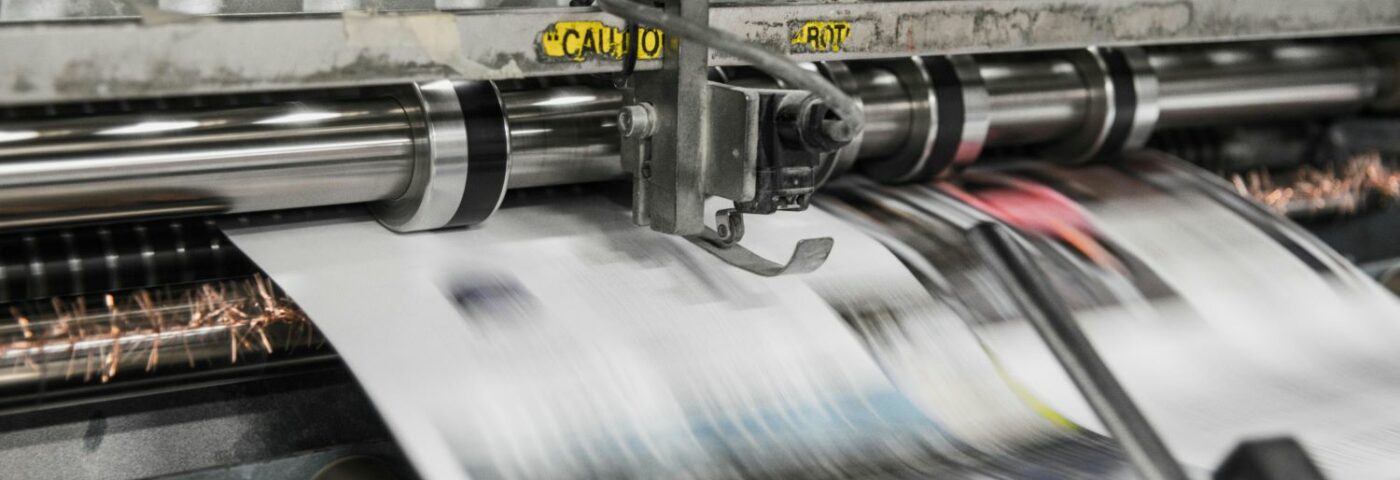Print materials are a very essential tool to initiate engagement and communication in exhibitions. However, despite all the tangible ways it can be used to enhance visibility, there is still a significant aspect that needs to be focused on—the environmental footprint.
The notion of a carbon footprint came from the larger ecological footprint, which represents our environmental influence. The global reputation began in 2003 with BP's advertising campaign, which encouraged people to quantify their personal carbon footprint using BP's calculator.
Moving this understanding into the domain of exhibitions, it is critical to investigate the hidden carbon costs involved with print materials used in such contexts. Aside from their aesthetic and communicative significance, recognising and minimising the environmental imprint of print in exhibitions are critical steps towards promoting sustainability in the event business.
Embrace a Sustainable Future at All-Energy & Dcarbonise 2024
Discover the latest advancements in renewable energy sources and innovative solutions that will pave the path to a greener and net zero future.
Hidden carbon cost of print at exhibitions
Exhibitions are utilising print to further convey communication with their target audience. There are lots of print assets that are used at shows, and some of those can be the following:
• magazines
• flyers
• brochures
• banners
In the past, the printing industry utilised energy-intensive processes and emitted pollutants that came from paper production. Yet today, the industry only contributes 1% of carbon emissions, which still come mostly from paper production.
Paper production contributes to 10% of global deforestation, yet some wooded areas are planted due to raw material demand. However, paper recycling uses 40% less energy and causes less pollution than making new paper.
Given that, a printed product’s carbon footprint depends on the paper quality it uses. So, to manage the carbon footprint, companies must measure and decrease production emissions. Thus, when evaluating the emissions of the printing products, companies can:
• determine the carbon footprint of various standard print products
• and compute individual print products’ emissions with a carbon calculator.
To further compute, the European printing sector created a unified tool for assessing print product and process carbon footprints. The Intergraf Recommendations, established in 2013, identify 13 key parameters covering 95% of carbon emissions. This categorisation helps prioritise reduction measures across the product's life cycle.
Another way to tackle this issue is by utilising online advertising. Ad Net Zero and similar initiatives, with the goal of achieving a net-zero carbon footprint by 2030, underscore the importance of prioritising sustainable practices. Thus, marketers are adopting emerging technologies to reduce the carbon footprint associated with digital marketing.
Reducing exhibition print's hidden carbon cost
Reducing the carbon impact of printed products starts with minimising processes and material use. This includes considering design choices like page size, paper stock, and binding methods to decrease the weight of the final product and reduce energy consumption throughout the supply chain.
Printed marketing materials contribute to event waste, most of which ends up in landfills. Thus, to reduce this, events can go digital by sharing agendas and brochures on event websites or apps and using digital tickets. In return, it will reduce printing and save costs.
This shift to digital alternatives is an important step towards reducing the hidden carbon costs of print in exhibitions, harmonising with global initiatives towards a more environmentally friendly and sustainable future.

